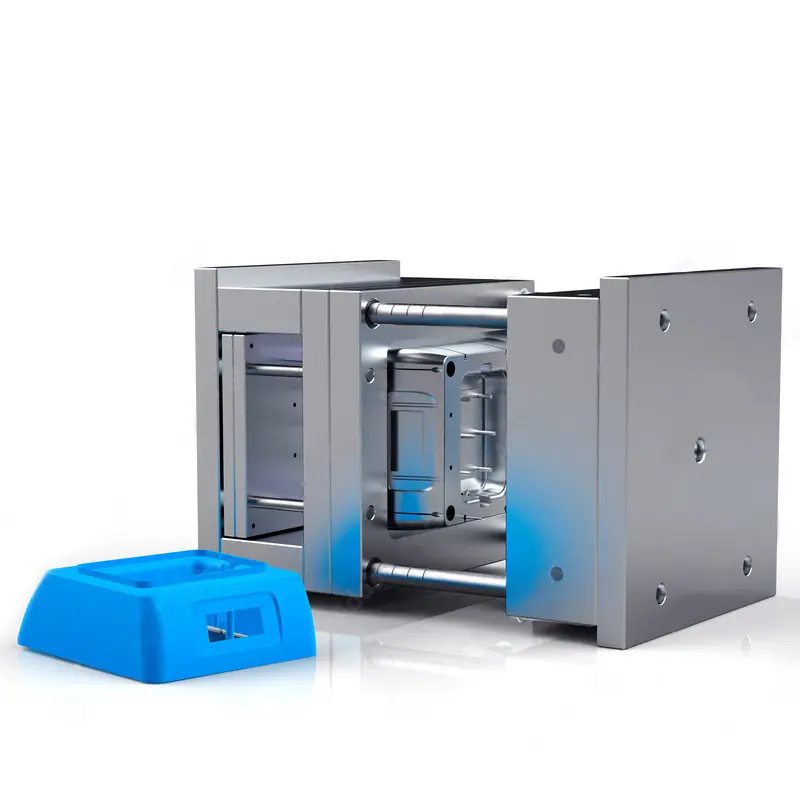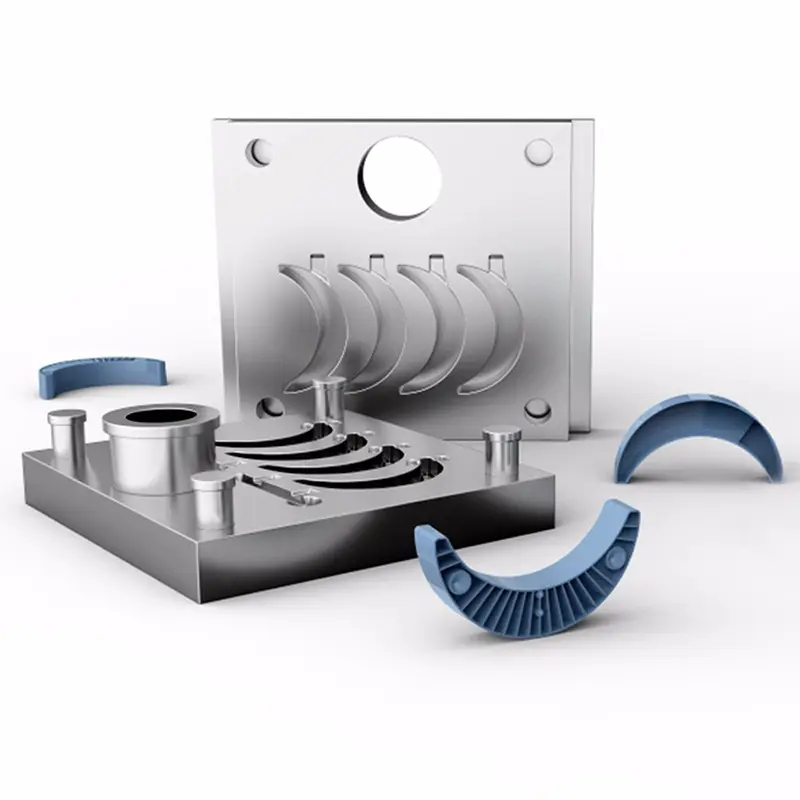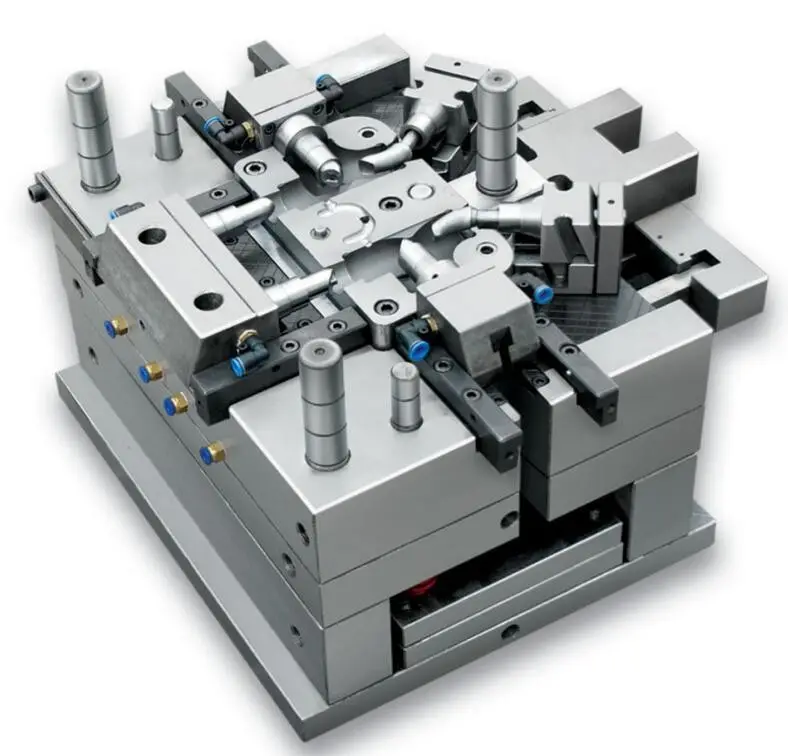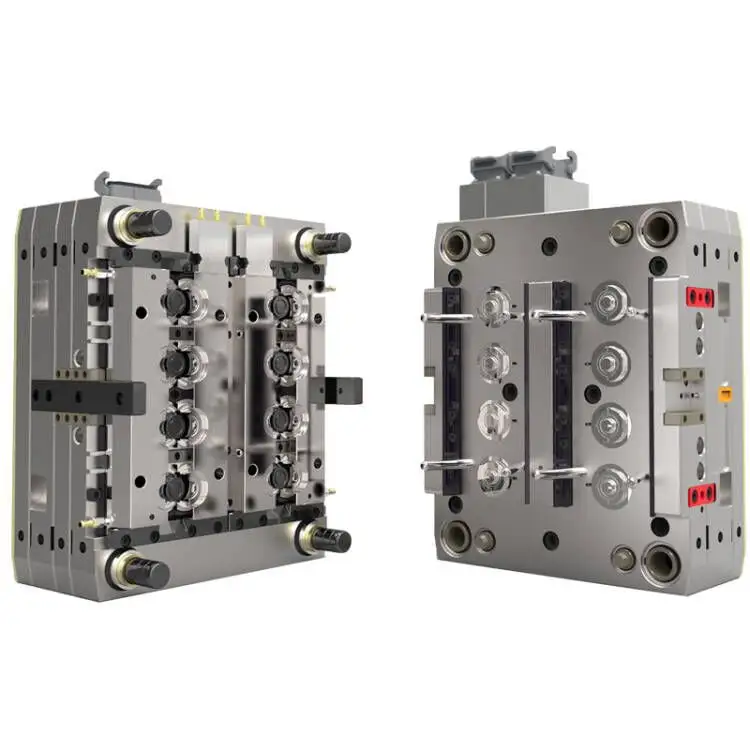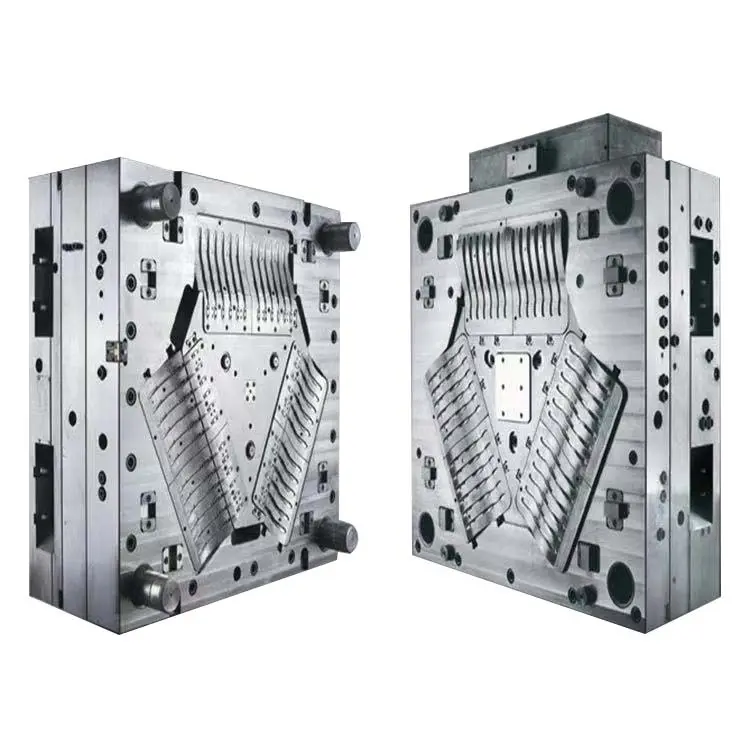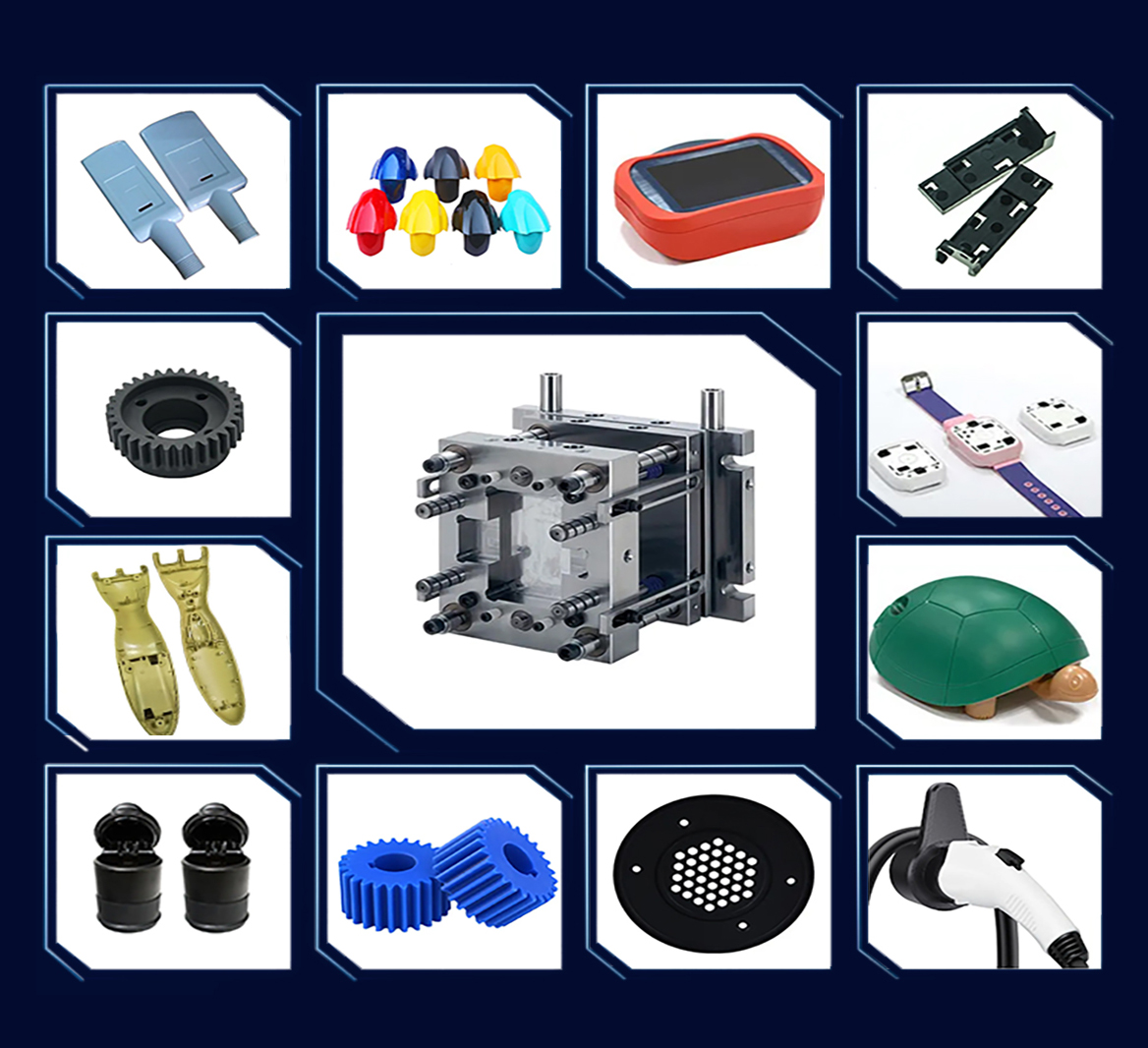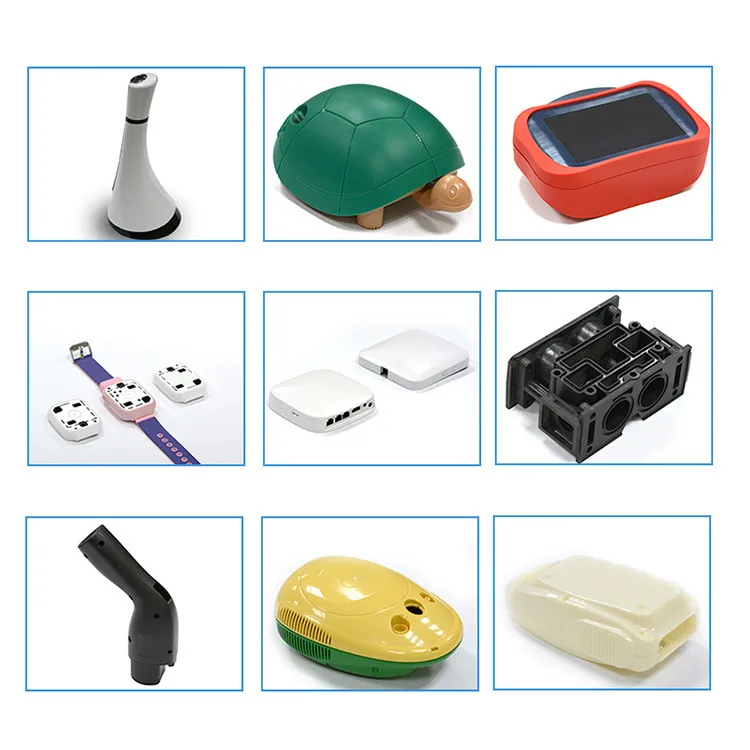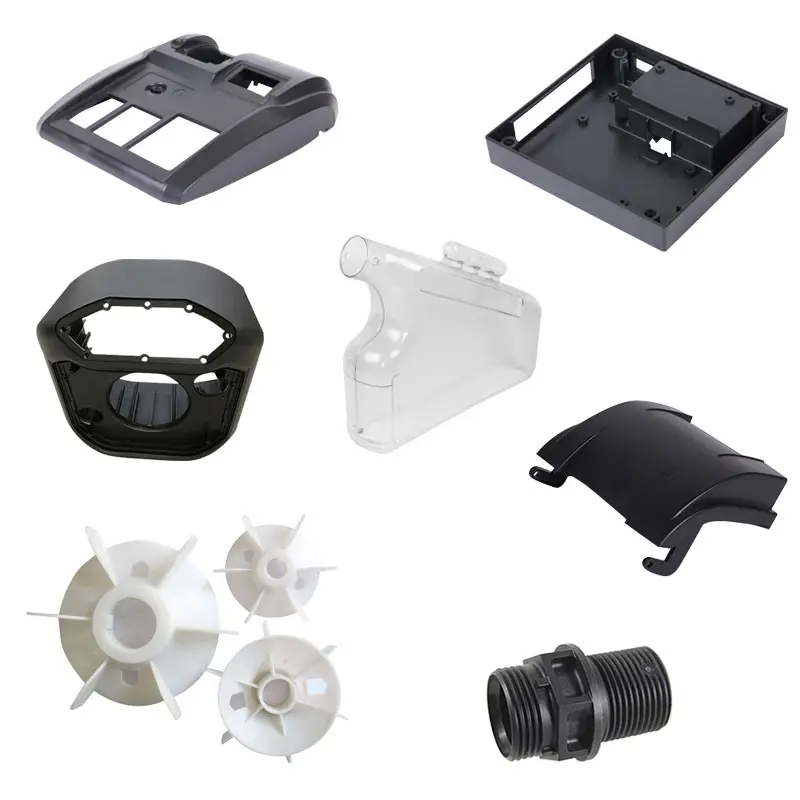At Elite, a leading mould supplier and mold maker, we specialize in delivering top-notch mold design and manufacturing solutions. Understanding the differences between 3D printing and injection molding is crucial for selecting the right manufacturing process for your project. In this article, we will explore the key differences and applications of 3D printing and injection molding, helping you make an informed decision.
Part I. Introduction to 3D Printing and Injection Molding
3D Printing
3D printing, also known as additive manufacturing, is a process of creating three-dimensional objects layer by layer from a digital file. This technology is known for its versatility and ability to produce complex geometries that would be difficult or impossible to achieve with traditional manufacturing methods.
Injection Molding
Injection molding is a manufacturing process that involves injecting molten material into a mold cavity, where it cools and solidifies into the desired shape. This method is widely used for mass production of parts with high precision and repeatability.
Part II. Key Differences
Material Variety
- 3D Printing: 3D printing supports a wide range of materials, including plastics, metals, ceramics, and composites. However, the mechanical properties of printed parts may vary depending on the material and printing technology used.
- Injection Molding: Injection molding primarily uses thermoplastic polymers, but it can also work with thermosetting plastics and elastomers. The materials used in injection molding typically offer superior mechanical properties and durability compared to 3D printed parts.
Production Speed
- 3D Printing: 3D printing is generally slower than injection molding, especially for large quantities. Each part is printed layer by layer, which can be time-consuming.
- Injection Molding: Once the mold is created, injection molding allows for rapid production of parts. The cycle time for each part is short, making it ideal for high-volume manufacturing.
Cost Considerations
- 3D Printing: The initial cost of 3D printing is relatively low since it does not require molds. However, the cost per part can be higher compared to injection molding, especially for large production runs.
- Injection Molding: The initial investment in mold design and fabrication can be significant. However, the cost per part decreases dramatically with higher production volumes, making it cost-effective for mass production.

Part III. Applications
Prototyping
- 3D Printing: Ideal for rapid prototyping and iterative design processes. It allows designers to quickly create and test prototypes, making adjustments as needed without significant cost or time investment.
- Injection Molding: Suitable for prototyping when the final product needs to be tested under real-world conditions, as it produces parts with production-grade materials and properties.
Complex Geometries
- 3D Printing: Excels at producing complex geometries and intricate designs that would be challenging or impossible to achieve with injection molding. It is well-suited for custom and low-volume production.
- Injection Molding: While capable of producing complex parts, the design must consider mold manufacturability. Features like undercuts and intricate details can increase mold complexity and cost.
End-Use Parts
- 3D Printing: Used for custom, low-volume end-use parts, especially when personalization or small production runs are required. Examples include medical implants, custom fixtures, and small-batch production.
- Injection Molding: Preferred for high-volume end-use parts, such as consumer goods, automotive components, and industrial products. It ensures consistency, durability, and cost-efficiency for large production runs.
Part IV. Choosing the Right Process
When to Choose 3D Printing
- Low-volume production
- Rapid prototyping and design iteration
- Complex geometries and custom parts
- Short lead times and flexibility
When to Choose Injection Molding
- High-volume production
- Parts requiring superior mechanical properties
- Cost-efficiency for large production runs
- Consistency and repeatability

Part V. Elite’s Expertise in Mold Design and Manufacturing
At Elite, we offer comprehensive solutions as a premier mold supplier and mold maker. Our expertise in mold design and advanced manufacturing technologies ensures that we deliver high-quality products tailored to your specific needs. Whether you choose 3D printing or injection molding, Elite is committed to providing exceptional service and support throughout your project.
Conclusion
Understanding the key differences and applications of 3D printing and injection molding is essential for selecting the right manufacturing process. As a leading mold supplier and mold maker, Elite is here to help you navigate these choices and deliver superior mold design and manufacturing solutions. Contact us today to learn more about how we can support your next project.

